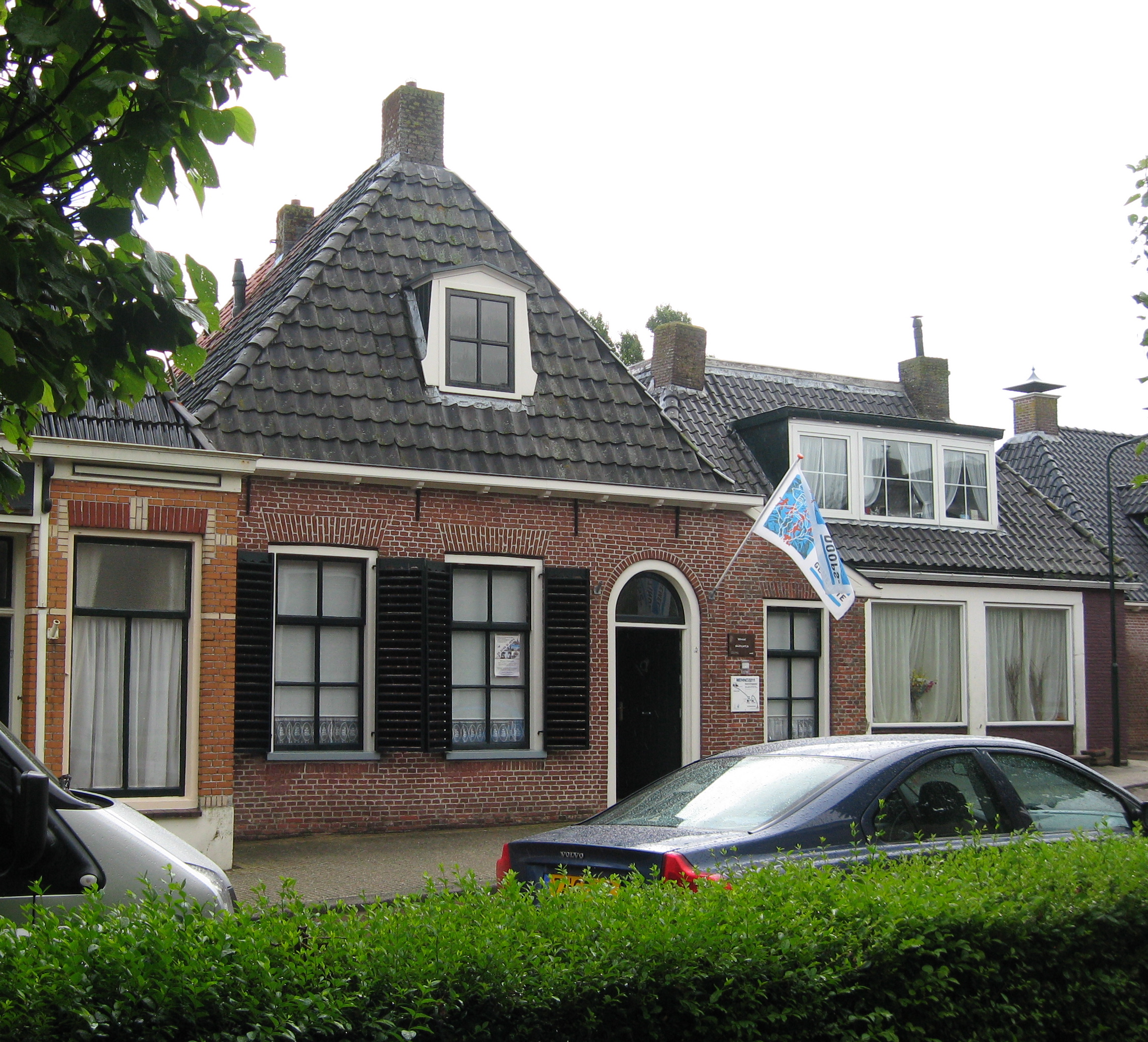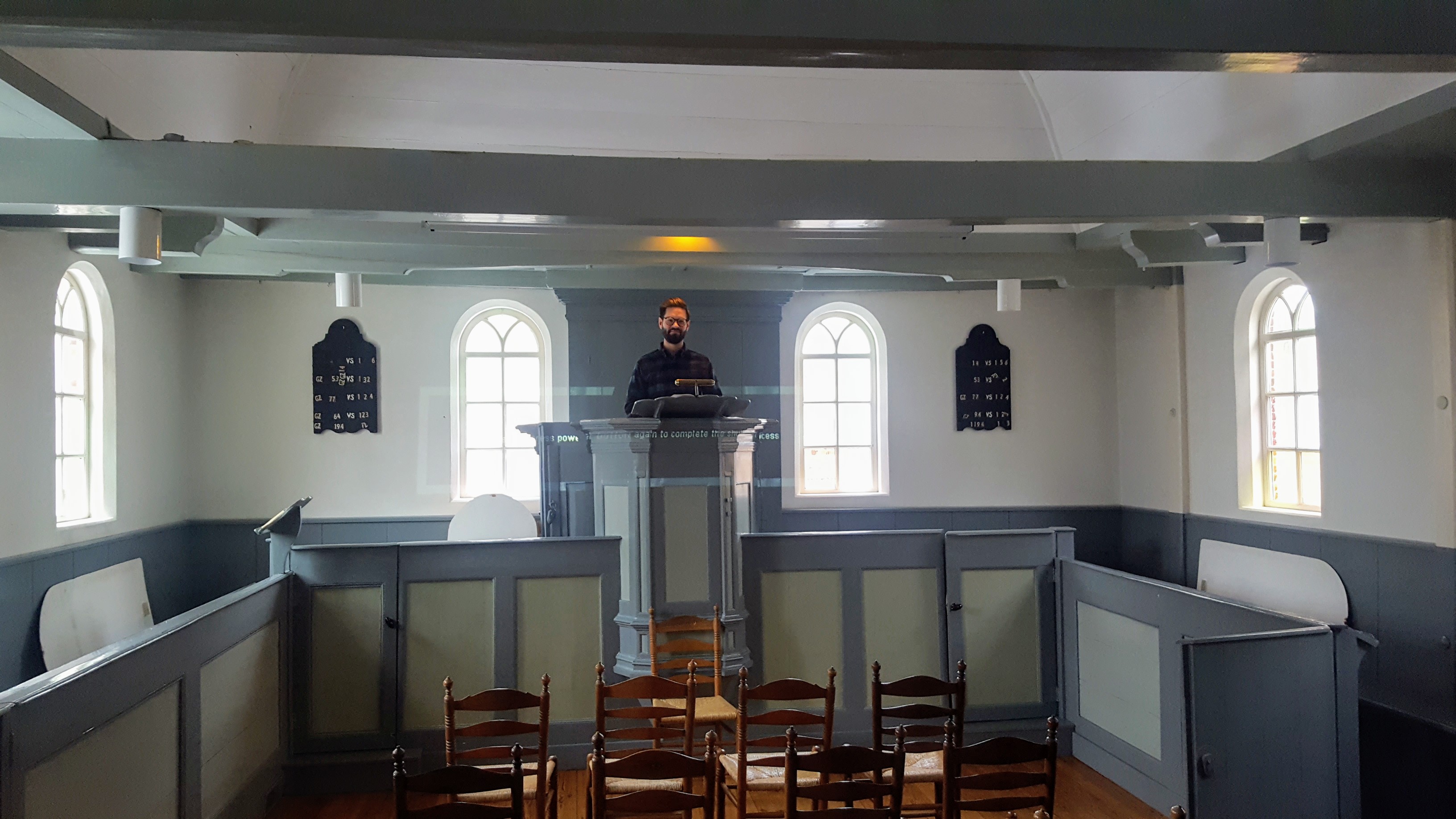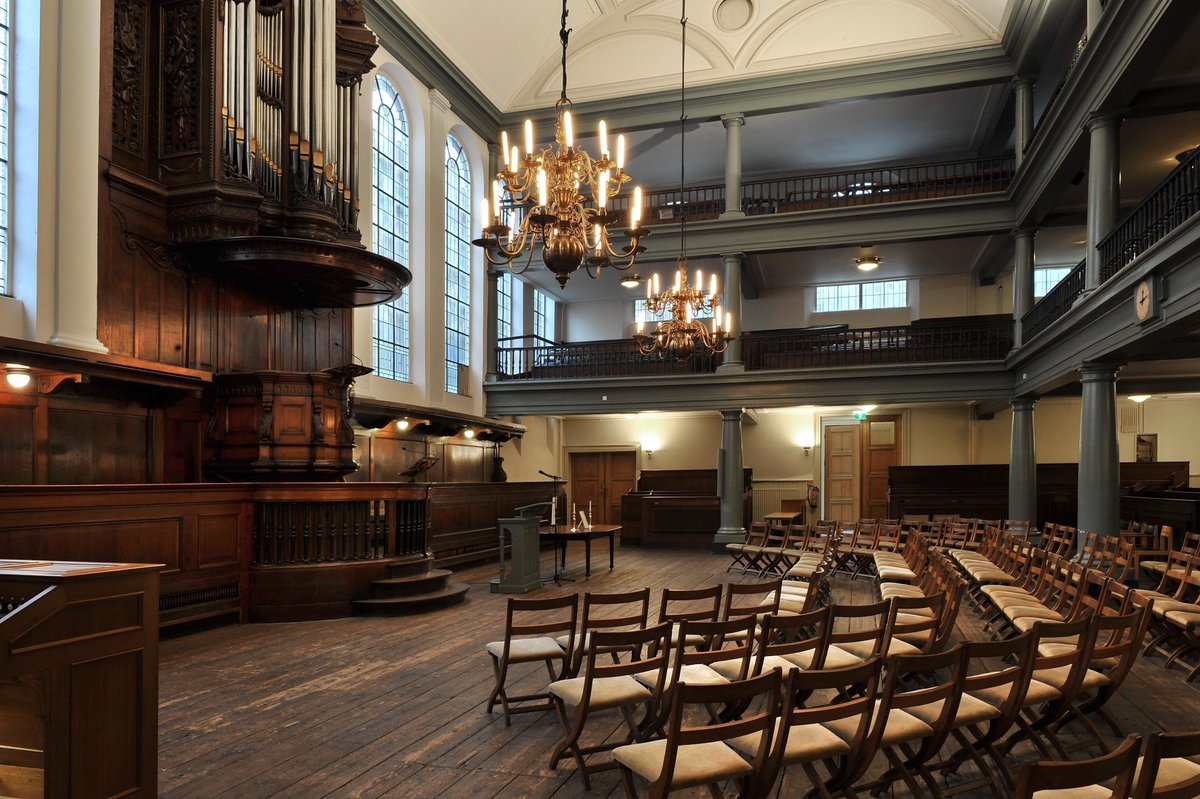First, a couple updates:
1) As of
yesterday, the 24/7 vigil at the Bethel church in The Hague is no longer necessary. The Dutch ruling
coalition has agreed to review hundreds of children’s asylum applications,
including those of the Tamrazyan family who had been sheltered in the
church. This is a powerful example of people of goodwill having moral
influence toward public officials. If you haven’t heard it, PRI’s The World covered our participation in
the vigil on MLK Day.
2) Edith’s
500th day in Sanctuary at CMC falls on February 14th,
Valentine’s Day. Keep your eyes open for a creative opportunity to invite
friends, family, and networks to share the love with Edith and family by
donating toward their needs.
—————-
Monday of last week was dedicated to the non-stop vigil in the Bethel church in The Hague. On Tuesday and Wednesday our hosts showed us around. Part of our tour included visiting two historic Mennonite “hidden churches.” Both churches were built in the early 1600’s when Mennonites were tolerated by the Protestant authorities. They weren’t persecuted, but they also weren’t openly accepted. Mennonites were allowed to gather for worship, but their buildings had to be hidden – they couldn’t show up in the architecture of the city. Catholics had a similar status. The two hidden churches we visited are vastly different in scale. One is a small meetinghouse in the little village of Pingjum in Friesland. Menno Simons ministered in this town, and the building was built later by his followers. The other, on a canal street in Amsterdam, is a towering worship space with a two tiered balcony. What these spaces have in common is how, from the outside, they blend seamlessly into the surrounding homes. They are hidden, even though they were never intended to be secret.
I imagine worshiping regularly in
a hidden church would impact a congregation’s sensibility. This could
be for good or for ill. On
the one hand, worship in a hidden church could be a weekly reminder that the
faith of Jesus was never about social acceptance. His
teachings simply don’t fit into the normal flow of society, and so his
followers, rather than putting their identity into easily recognizable
structures, pour their energy into nurturing ways of life easily recognized as
loving and neighborly.
On the other hand, a
congregation could fall into the mindset that their faith is overall a hidden
thing – something personal and interior, but never public. A part of
oneself to be cherished yet hidden, not registering in the moral/social
architecture of society.
I imagine there are similar
pitfalls and opportunities for those of us who worship in non-hidden churches. The danger
of being fully accepted is becoming a mere function of the culture,
uncritically reflecting its values, elevating respectability above prophetic
engagement.
Or, we could recognize that
our faith, like our building, is on public display. In opening
our doors to all, by being a gathering place for community groups, by
practicing hospitality in our building and homes and relationships, we are
living a faith that is both personal and public, for our own growth and for the
common good.

Hidden Church in Pingjum, building with the flag.

Inside the Pingjum Hidden Church

Hidden Church in Amsterdam. Sorry, no good pictures from
outside. It blends in.

